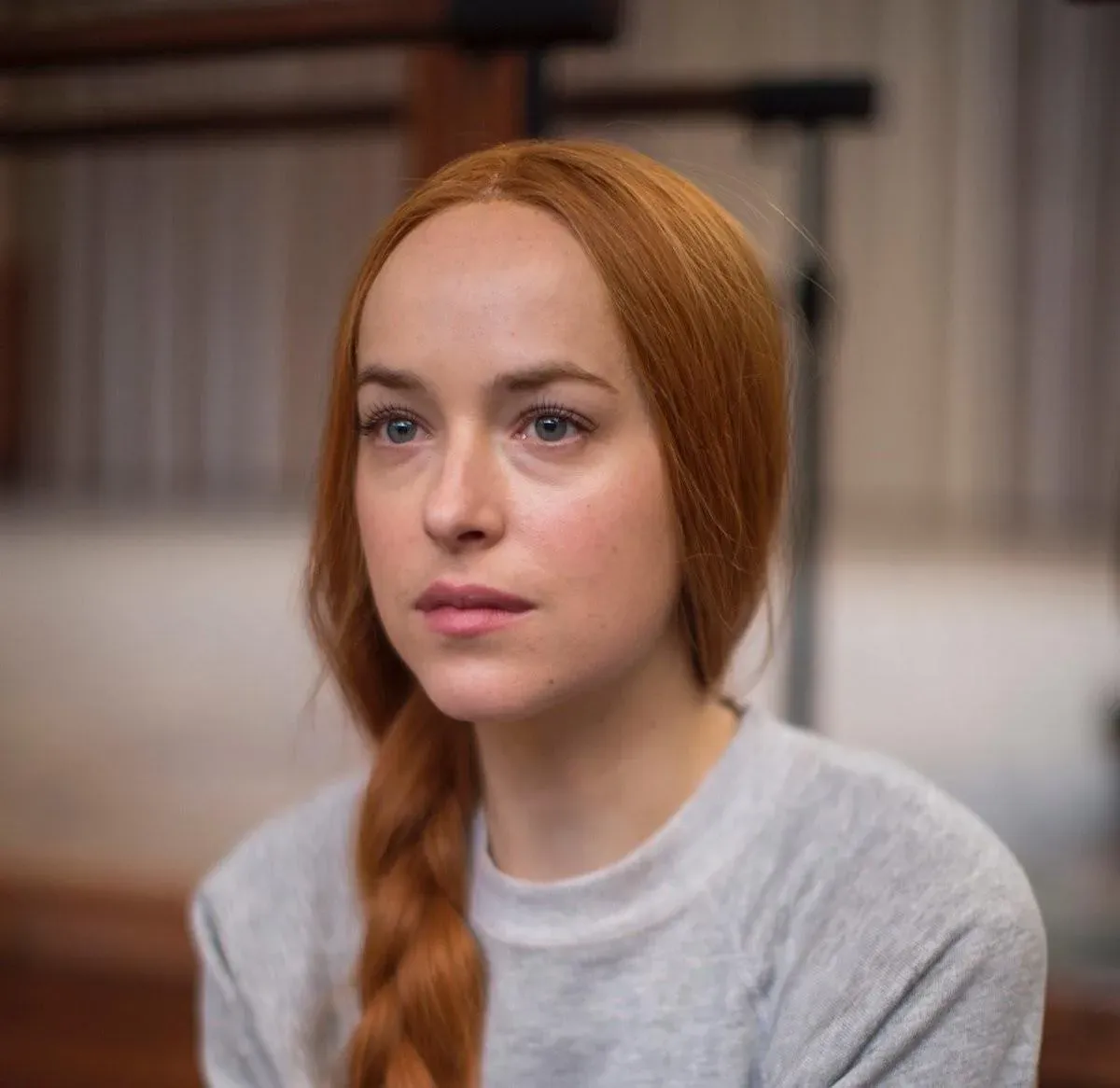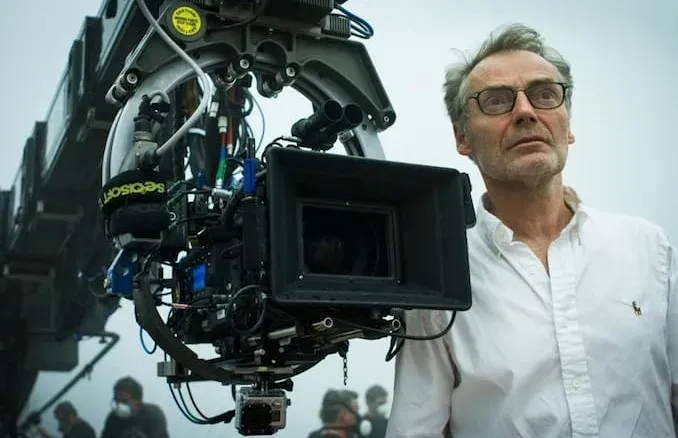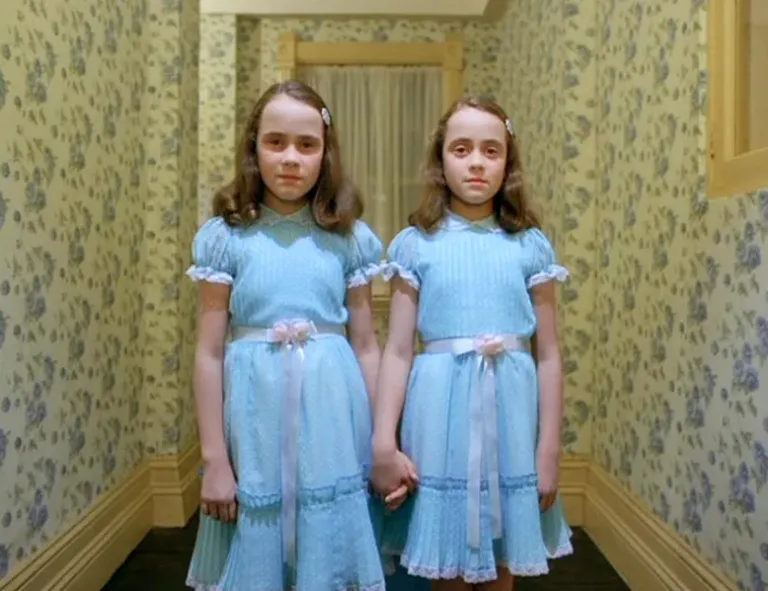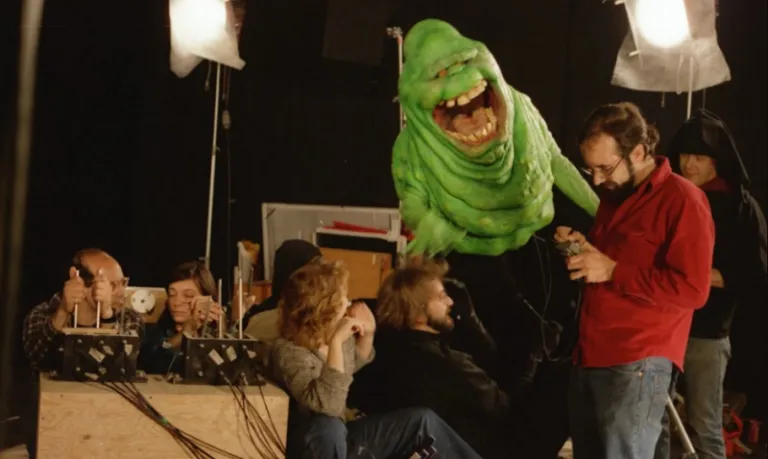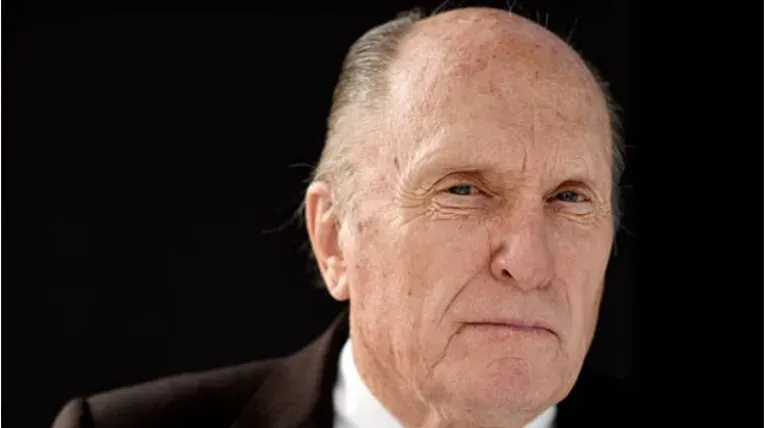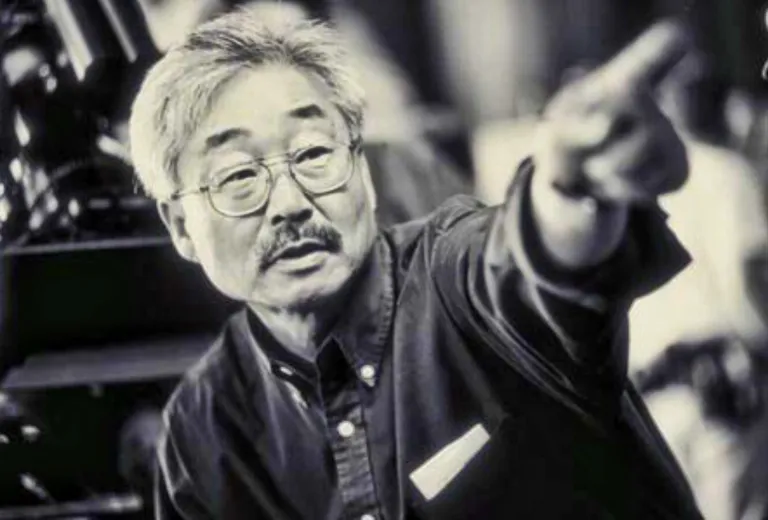The Woman the Witch.
The Woman, the Witch.
Sometimes, as children, we feel “different,” as if we sink our roots into a land far from where we were born, sensing that something inside us is not free to express itself. This is what happens to Susie Bannion (Dakota Johnson). Berlin attracts her like a magnet, like light calls a nighttime moth.
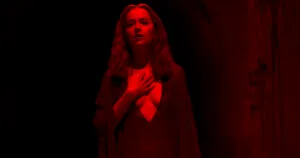
She finds herself in a world completely different from her own, where religion and household chores were all that was expected of a well-to-do girl. Here, they dance. But the dance is not an end in itself; it is a ritual. Something that serves to achieve more, a bond, a reason for gathering aimed at providing the energy necessary to unleash the most powerful powers of witches. And Susie is this. Susie is THE witch. The one who compensates an act of extreme cruelty with one of extreme compassion, the one who finds security in herself only by accepting her fate. The only one who understood her true nature was her mother. But what does it mean for a Mennonite girl to feel rejected even by the mother who gave birth to her? A mother incapable of loving her simply because she is different, not a true mother. And here, alongside the esoteric side, the psychological and inner drama of the protagonist is added; change is always frightening, but Susie is attracted to it. Always. For her, it wasn’t easy to play the role of that rural Mennonite girl; she was born for something better. And she felt it. She wanted it.
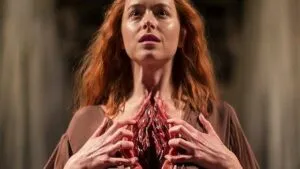
And apparently, playing this role, laden with expectations due to its predecessor and rich in psychological/social backgrounds, was not easy at all for the beautiful Dakota Johnson. Being confined in Campo Dei Fiori in Varese seems to have caused her identity crises and panic attacks that forced her into long sessions with a psychotherapist. But in the end, this is also part of her role—an actress who wholeheartedly embodied the character assigned to her, even at the cost of heavy repercussions.
The Woman, the Witch
 Subscribe to our YouTube channel
Subscribe to our YouTube channel
